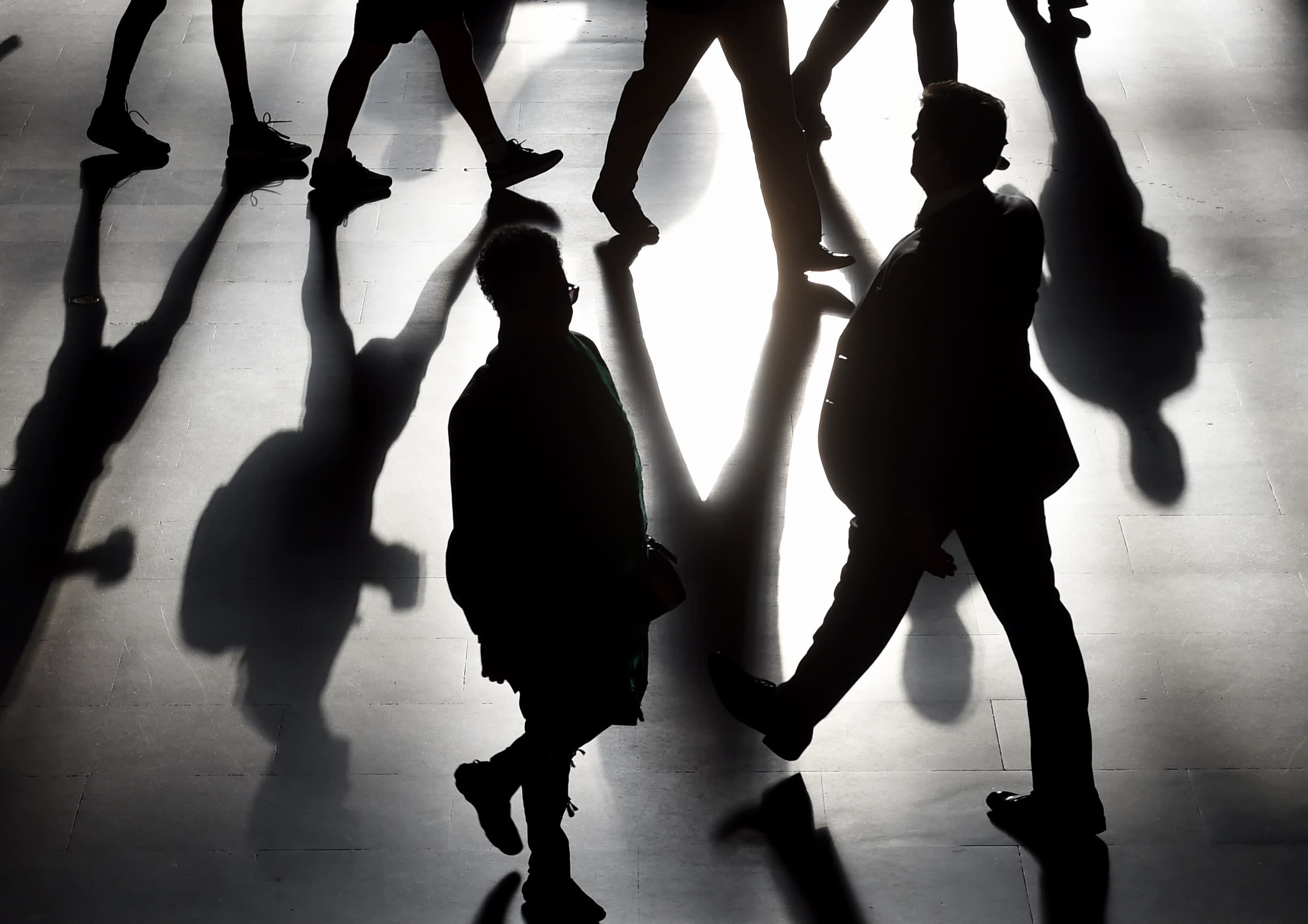The unemployment rate fell in December for all U.S. workers except Black women.
While the headline hiring number came in much lower than expected in December, the overall unemployment rate dipped to 3.9% from 4.2% in November, the Labor Department reported.
However, the unemployment rate for Black women jumped to 6.2% last month from 4.9% — the only race and gender group whose unemployment rate worsened in December.
That increase followed a roughly 2 percentage-point drop in November. At the time, some economists saw that decrease as a cautious sign of improvement for Black women seeking jobs.
“The data for smaller demographic groups tend to be pretty volatile,” said Elise Gould, senior economist at the Economic Policy Institute. “We need to look at longer-term trends to see what is happening.”
But the December rate for Black women does represent an improvement since the start of last year when it stood 8.5%.
“We’re definitely seeing improvement in the Black unemployment rate over a longer period of time … but it’s still quite elevated,” Gould said.
The disparity in unemployment progress for Black women speaks to the uneven labor-force recovery throughout the Covid pandemic, according to Nicole Mason, president and CEO of the Institute for Women’s Policy Research.
“What the December numbers signaled to me is that we are in for a bumpy, tumultuous ride ahead in terms of our recovery, especially for Black women and women of color workers who have been disproportionately impacted over the course of the pandemic,” Mason said.
The unemployment rate for women overall was 3.6% in December, 2.6 percentage points lower than that of Black women.
December’s report also does not reflect the full effect of the current surge in Covid cases sparked by the omicron variant, particularly as outbreaks derail school and day care openings, Mason added.
“We won’t understand the impact of omicron on job numbers or unemployment of women re-entering the workforce until January or February,” Mason said.
For all Black workers, the unemployment rate in December came in at 7.1% — more than twice that of white workers at 3.2%. The roughly two-to-one ratio for Black versus white unemployment has been consistent throughout history, economists have found.
“Discrimination and occupational segregation and all sorts of other related factors have meant that outcomes for Black workers are worse in the labor market than that for white workers,” Gould said. “That translates into historically a higher unemployment rate that’s about two times that of white workers throughout the business cycle.”
